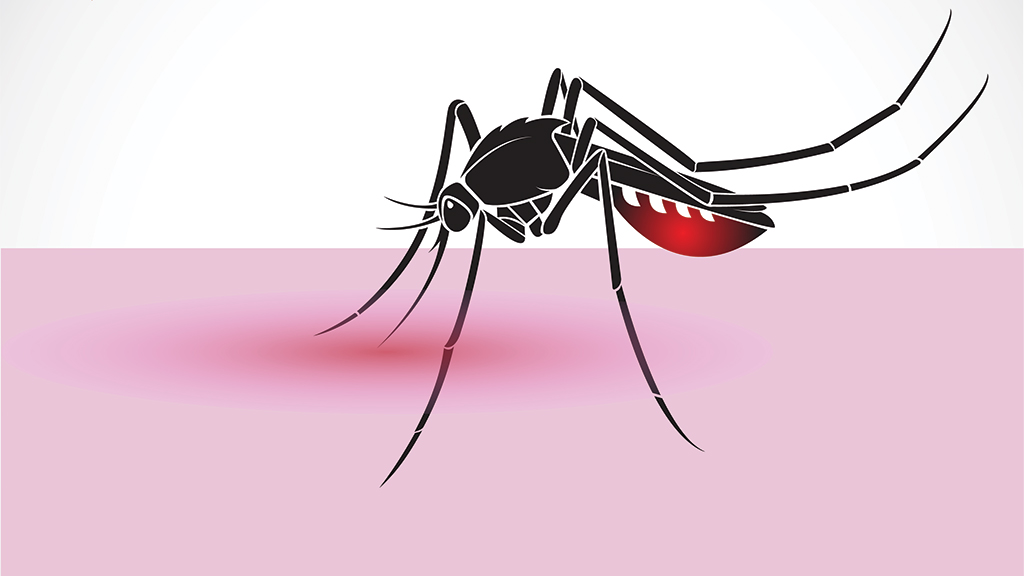Abstract
Scientists and healthcare professionals initially exhibited little concern over the Zika virus even after evidence of human infection was first identified in 1952; Zika appeared to be both rare and unassociated with morbidity or mortality. Around 2015 all of this changed as journalists, scientists, public health officials, and laypeople scrambled to learn about its varied modes of transmission and devastating consequences (e.g., birth defects and autoimmune disorders). Although research continues to rapidly evolve, this case study directs students to reliable scientific sources (e.g., Centers for Disease Control and World Health Organization) that will likely continue to provide the most current information in order to explore questions such as: Where did the virus come from? How does it spread? What can we do to prevent it? Students will also consider the public health challenges and possible solutions associated with emerging infectious diseases. The case was originally written for an upper-level biology or public health course in which students already have some basic background knowledge regarding viruses, vaccines, and infectious disease.




